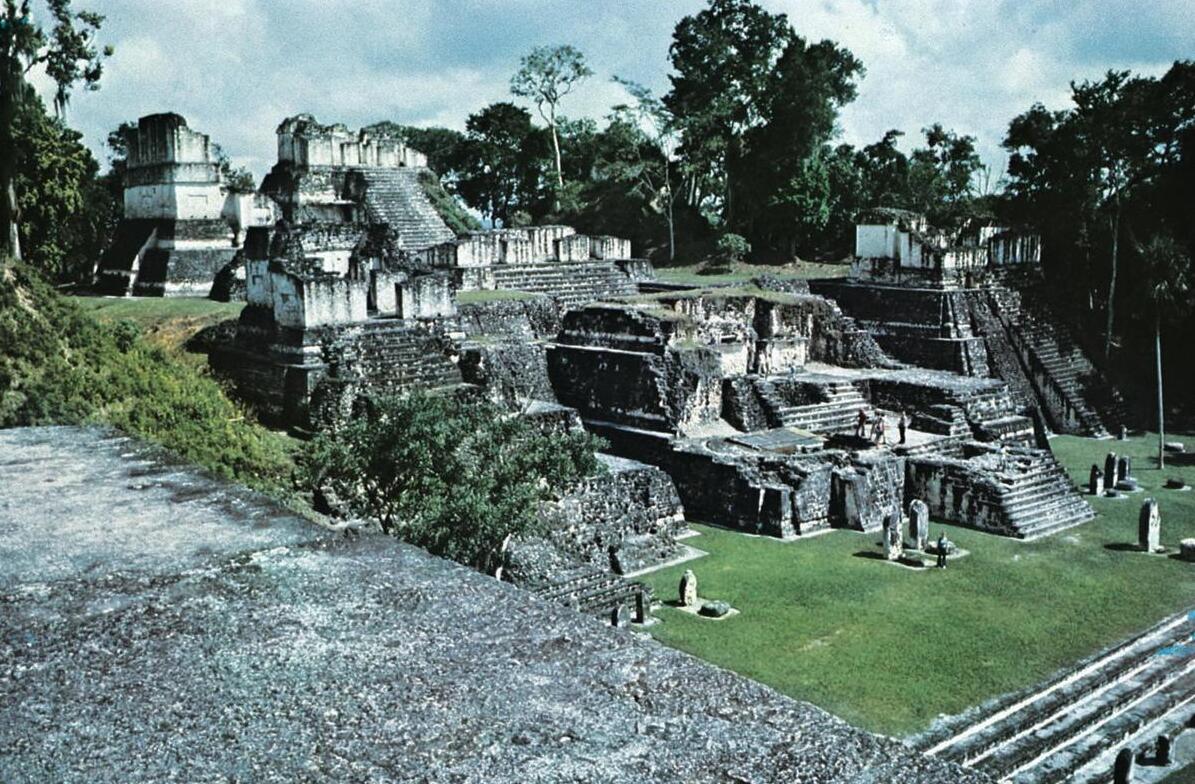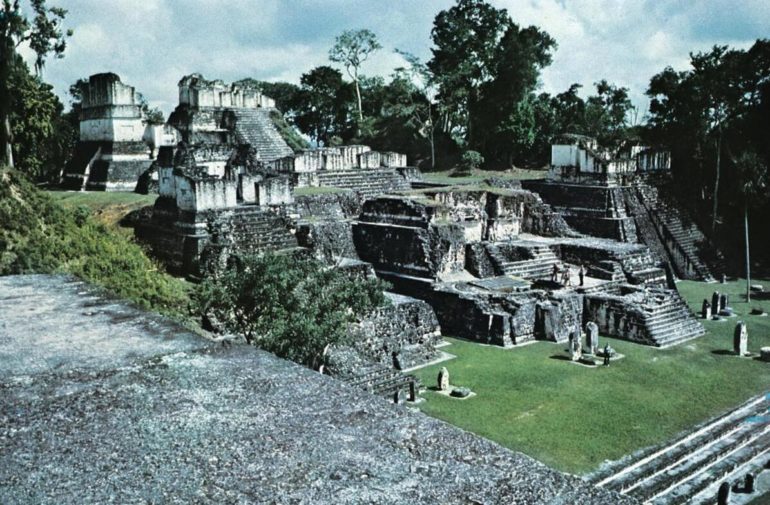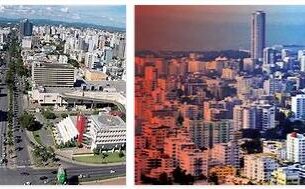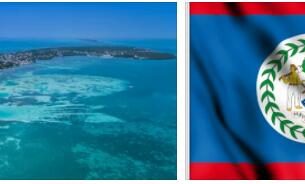Together with southern Mexico, Guatemala is the core area of a 4000-5000 year old tradition known as Mayan culture. Besides agriculture based on maize, Mayan culture is characterized by its complex calendar systems, a sophisticated writing system and monumental architecture (pyramids) of stone. In so-called classical times (from 250 to 900), the whole of Petén was densely populated, and the ruins we see today – including Tikal – were created. Around the year 800, the Mayan states of Petén collapsed, probably due to climate change and intensive warfare, but traditions continued in the highlands until the Spanish conquest.
Spanish domination began with Pedro de Alvarados victory over k’iche ‘prince Tekun Umán in 1522. By then, diseases from Europe and Africa were already killing half of the original population. After moving the capital of the colony a few times due to floods and earthquakes, Guatemala city was founded in 1541 where Antigua now resides. Antigua was also destroyed a number of times, and the capital was moved to where it is now in 1776.
As elsewhere in the Spanish Empire, indigenous people were Christianized and gathered in villages. In fact, most Mayans continued to live in small neighborhoods and visited the village on church and market days. This scattered settlement pattern still characterizes the country.
Independence in 1821 became part of a wave of rebellions throughout Spanish America. In Central America, the elite was divided between liberals and conservatives in the view of how the new state should be organized as well as whether to form a federation. In this game, Guatemala was the conservative and church-friendly bastion. The federation fell apart in 1841 and the country entered a conservative period.
In 1871 a period of liberal reforms began, while coffee cultivation became the most important trade route. The state encouraged coffee production through extensive land expropriation. Mayans from these areas were displaced at the same time as the coffee goods became dependent on the Mayans responsible for the harvest. The landlords were partly families from the old elite and partly immigrants from Europe, including a considerable German contingent. This plantation economy forms the basis for the uneven distribution of land that constantly characterizes the country.
At the same time as the coffee economy strengthened old class divisions, the revenue from this laid the foundation for a modern state and a growing industry. Crash in world trade in 1929 ushered in a period of authoritarian dictatorship under President Jorge Ubico Castañeda (1878-1946).
In 1944, Ubico was overthrown after extensive protests. The ten-year period up to 1954 is known as the Revolution. Presidents Vinicio Arévalo and Jacobo Árbenz initiated a series of reforms to modernize society. However, the attempt at land reform challenged both domestic landlords and foreign financial interests. In 1954, the government was overthrown by a rebel movement that received widespread support from the United States.
The counter-revolution gave birth to new rebel movements, first from the military ranks themselves, then more and more inspired by the revolution in Cuba and the student revolts in the 1970s. The presidential elections were increasingly dominated by the military, electoral fraud became commonplace and social protests were met with increasingly tough means. Towards the end of the 1970s, various Marxist-Leninist rebellions arose, fighting for a socialist revolution.
During 1980 and 1981, the war reached its peak. The army massacred entire villages in Mayan-dominated areas. The architects of the army’s brutal offensive, army chief of staff Benedicto Lucas García and President Efraín Ríos Montt, was himself overthrown in 1981. Bargain Director Óscar Mejía Victor initiated a process of democratization and conducted election of constituent assembly in 1986. Christian Democrat Vinicio Cerezo Arévalo won the presidential election that year and led Guatemala into in peace talks in parallel with similar negotiations in Nicaragua and El Salvador.
The peace agreements were signed in 1996 after a long process under the auspices of the UN and a group of friends from countries in which Norway was also involved. They laid the foundation for comprehensive reforms of the state and in 2004 were given constitutional rank.
In the first decade after the peace, the country succeeded in disarming the rebels and reducing the army considerably, but the economy did not receive a decisive boost. Judicial and political reforms have stopped in parallel with Guatemala being increasingly drawn into international drug trafficking and the state powers increasingly infiltrated by black money and corruption.



